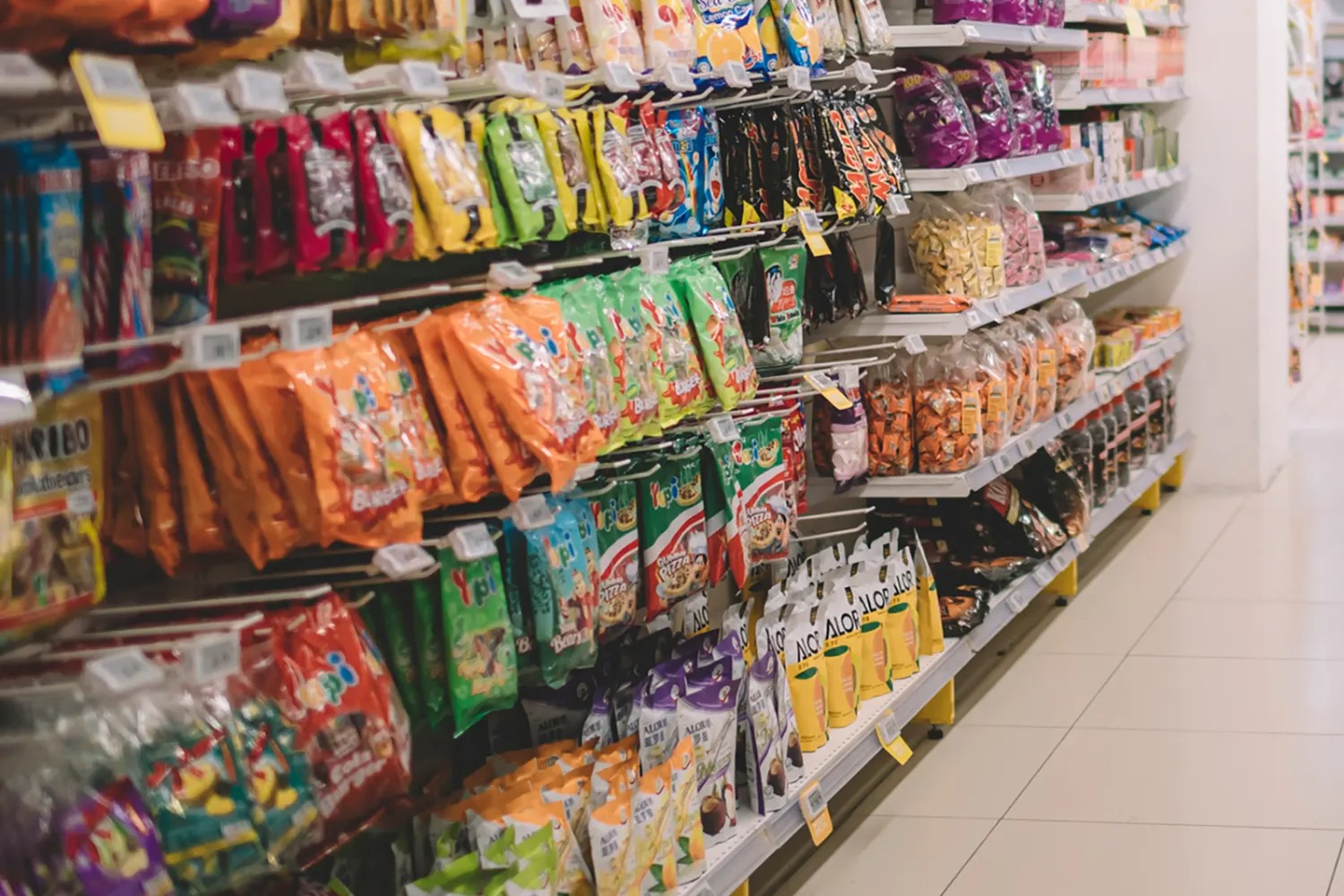- Shrinkflation, has quietly taken root in our inflation-stricken economy. It’s everywhere. Chocolate bars are getting thinner, juice boxes hold less juice, and chip bags contain more air than actual chips. The practice allows companies to avoid raising prices outright while still cutting costs.
The other day, I went looking for a snack to munch on because I had skipped lunch and had a day full of classes with no time to spare. I quickly walked up to the shop and immediately spotted some ginger biscuits I used to enjoy not too long ago. It was the first time I had seen them in a while. Excited, I bought a pack and wasted no time opening it.
However, something was off. The packaging was fine, and the count was okay, but the size, the size was wrong. It was either I had a sudden growth spurt after opening the pack, or the biscuits had shrunk intentionally.
They were noticeably smaller. That moment reminded me of other recent purchases, chips, bread, milk and a pattern emerged. Food items are shrinking, but their prices remain stubbornly high.
This phenomenon, often called shrinkflation, has quietly taken root in our inflation-stricken economy. It’s everywhere. Chocolate bars are getting thinner, juice boxes hold less juice, and chip bags contain more air than actual chips. The practice allows companies to avoid raising prices outright while still cutting costs.
It’s sneaky and often goes unnoticed until you feel that slight pang of betrayal while eating your favourite snack.
Shrinkflation isn’t just an inconvenience for consumers but it’s a reflection of a broader economic struggle. With inflation driving up production costs for manufacturers, they’re forced to make tough decisions: raise prices, lower quality, or reduce portions. Most opt for the latter because it’s less likely to upset customers, at least initially.
However, for households on tight budgets, the impact is clear. When food portions shrink without a drop in price, it forces consumers to spend more to have the same level of satisfaction. The small changes add up quickly, and families already grappling with high living costs are left feeling squeezed.
What’s most troubling is the loss of trust. Shrinkflation feels deceptive, as companies rarely own up to these changes. Instead, brands hope consumers won’t notice. This undermines the relationship between consumers and companies, leaving a sour taste long after the snack is gone.
While manufacturers bear some blame, the root cause lies in the government to address inflationary pressures with policies that stabilize economies and protect consumers. Transparency from companies would also go a long way; if prices must rise or portions must shrink, honesty can help maintain trust because, at the end of the day, no one wants to feel cheated by their favourite snack.




-1766009103-md.jpeg)





-1766009103-sm.jpeg)

